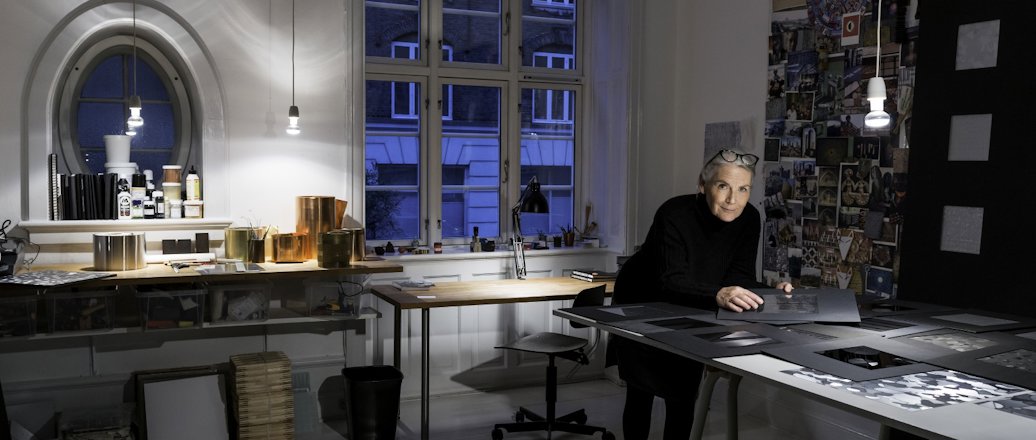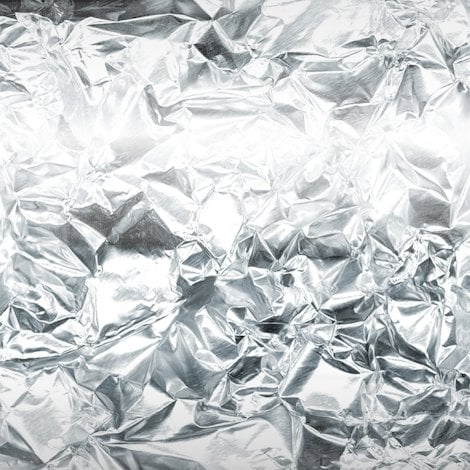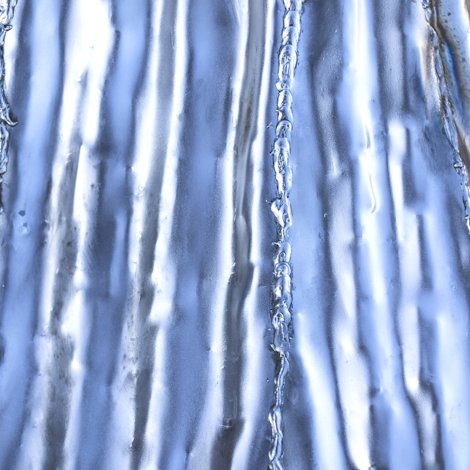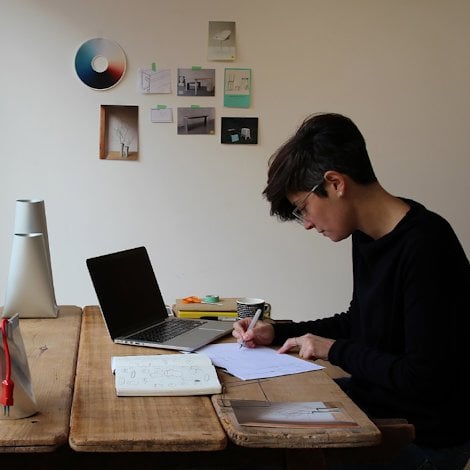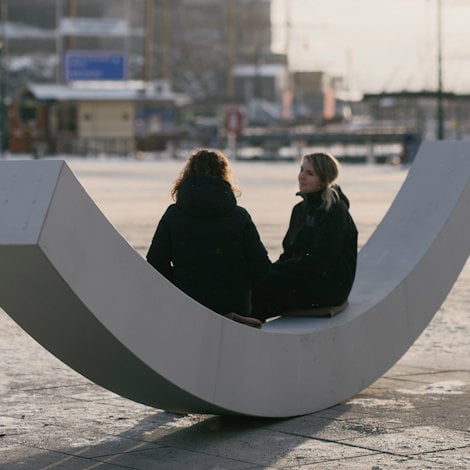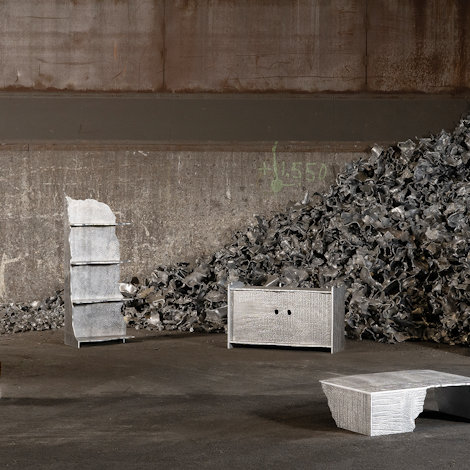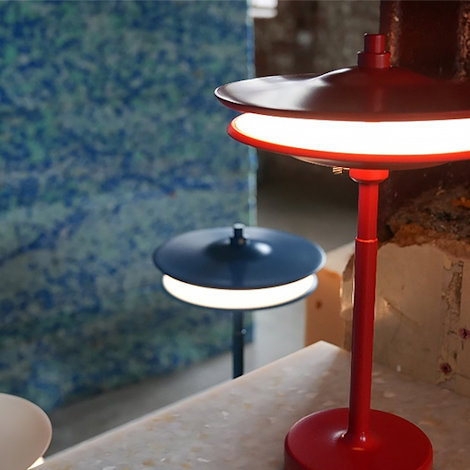The metal's innermost self
Danish designer Bess Kristoffersen finds her main inspiration in nature.
In the early 1990s, designer Bess Kristoffersen had an assignment to combine textiles with copper. But the toxic chemicals involved in dyeing the metal suggested the use of another material: aluminium. “It was really just a coincidence, but I soon realized that this was the right material for me,” she says.
“The techniques were similar to the ones used for textiles, and since aluminium is a relatively new material, there are still undiscovered territories to explore.” To learn more about metals, she took a degree in precious metals in 1994, complementing her degree in textile design from the Danish Design School 10 years earlier.
For Kristoffersen, structure and planning are necessary to make way for chaos and creative work. “It’s important for me to allocate a long period of uninterrupted time so that I can be nerdy and totally focus on the material,” she explains. She describes the process of creating something new as a long investigative journey. Through countless experiments she takes the material to its limits. She treats the metal surface with chemicals, heat and electricity. It is anodized, ground and stained.
She tests the material’s reflections in daylight and at night. “I can’t force the process toward a certain goal,” she says. “It matures. One thing leads to another, often as a flow.”
Although her background is in textile design, Kristoffersen likes to work with many types of materials: aluminium, steel, glass, paper and wood. “Tactility, color and luster are relevant parameters for all kinds of materials,” she says. She applies discoveries from her metalwork to other materials, and vice versa.
“It’s important to respect each material’s individuality,” she says. “I don’t try to make aluminium look like textiles, but when I work with the surface to make it reflect light in a certain way, it’s a process similar to the one for textiles and how the threads are woven in the fabrics to reflect light.”
Kristoffersen gives herself new assignments all the time. She is especially pleased with the outcome of a crystallization project on which she collaborated with Professor Andy Horsewell at the Technical University of Denmark. The purpose was to find the very core of aluminium. “We managed to control how the aluminium crystallizes, which creates a very elegant pattern,” she says.
Her designs are simple, organic and contemporary. The work ranges from small aluminium pins and woven tapestries to large metal partitions. For her exhibitions at Kunsthal Nord in Ålborg and at Rundetårn in Copenhagen, she worked with embroidered linen and stained and burned wood.
Aluminium is her favorite material. “It’s very versatile,” she says. “I can create numerous finishes, and it has an outstanding capacity to reflect light.” She uses anodizing to create a durable surface and to stain the metal. For most of her aluminium work she does the anodizing herself in her small workshop, where she keeps a 10-liter anodizing plant in which the aluminium is immersed.
Kristoffersen’s main inspiration comes from nature. Besides the apartment in Copenhagen, she and her husband own a house in the countryside an hour’s drive from the city. “I have always found inspiration in nature,” she says. “It’s an integrated part of my life and the way I think. You can see in my art that I cooperate with nature.”
Another source of inspiration is her trips to Morocco, Egypt, the United States, Japan and England, where she studied patterns and what she calls pleasant decay. “The challenge of aluminium is the lack of pleasant decay,” she says. “It doesn’t age nicely or oxidize in iridescent colors as most other metals do. I’m impressed with how the Japanese integrate aging in objects and appreciate the beauty in natural wear.”
The commercial assignments vary as much as the materials. She has made a limited series of hand-decorated phones in aluminium for Bang & Olufsen, bed linen for Georg Jensen Damask and metal surface designs for Forms+Surfaces. One of her strangest projects was to create two toilet seats in aluminium for Pressalit. “It was a fun assignment, although they were just showpieces and not meant for serial production,” she says. “I favor assignments when I can cooperate with manufacturers to produce surfaces on sheet aluminium or other objects.”

